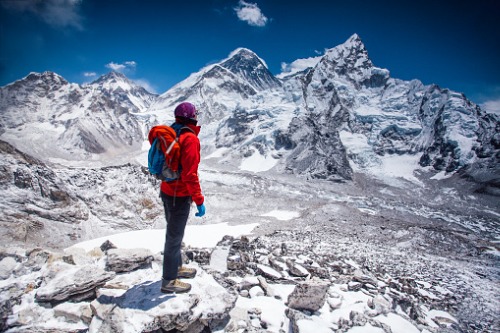

At more than 29,000 feet, climbing Mt Everest in Nepal is one of the world’s riskiest activities. Purchasing insurance is not just a good decision – it’s absolutely necessary. However, a rash of insurance fraud involving trekking guides and helicopter rescue outfits has insurers threatening to halt coverage.
The scam was detailed by The New York Times in their story of Australian trekker Geoffrey Chang, who was convinced by his guides that he was suffering from acute mountain sickness (AMS) at Everest’s base camp. The guides pushed for an immediate (and costly) helicopter evacuation, and Chang dutifully complied – only to find out later that he and his insurance company were taken for a ride.
With helicopter evacuations costing as much as $40,000 each, insurance companies have had enough. According to The Times, three underwriters controlling 23 travel insurance brands have threatened to cut off coverage starting February 15 if the Nepalese government does not take action against the 17 companies accused of insurance fraud. Jonathan Bancroft, the managing director of travel assistance company Traveller Assist, which represents the insurance underwriters, delivered the demand to Nepal’s minister of tourism last week.
“To be clear, this is an ultimatum!” wrote Bancroft. “If our clients stop issuing travel insurance policies in Nepal, it won’t be long until other insurers do the same. This will have a devastating effect on the tourism industry in Nepal, and your country’s reputation.”
“To say this is a complex problem is an understatement,” Danny Kaine, head of assistance at Traveller Assist, told The Times. “Fraud and corruption in the helicopter rescue industry in Nepal are so ingrained in some companies. It has become an accepted way of doing business.”
The Times reported that this type of fraud has been occurring since the early 2010s. Insurance companies are currently working to track which helicopter rescues were actually cases of fraud.
In their own investigation, Traveller Assist told The Times that about 1,600 helicopter rescues had occurred in Nepal from January to August 2018, out of which 35% were considered fraudulent, costing insurers some $4 million in losses.
